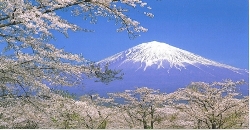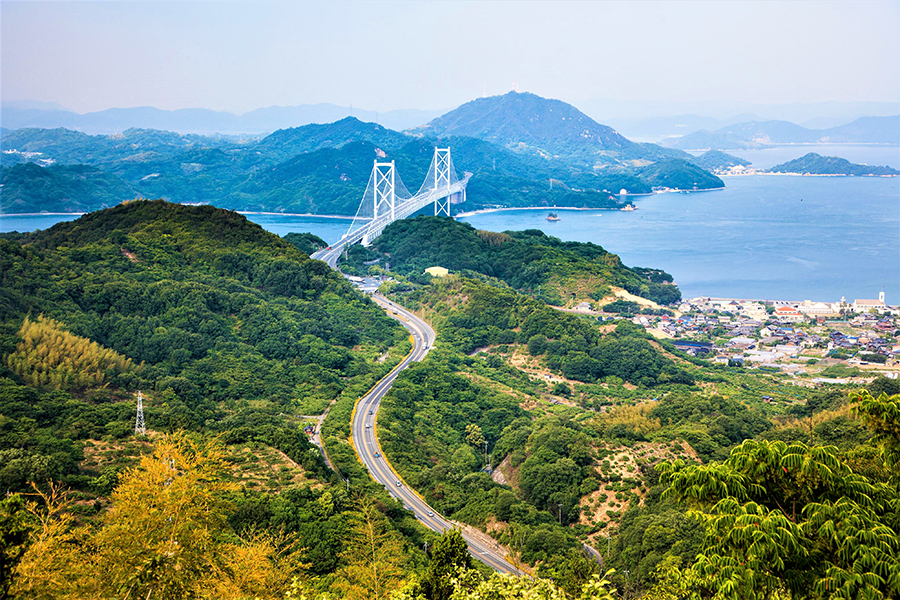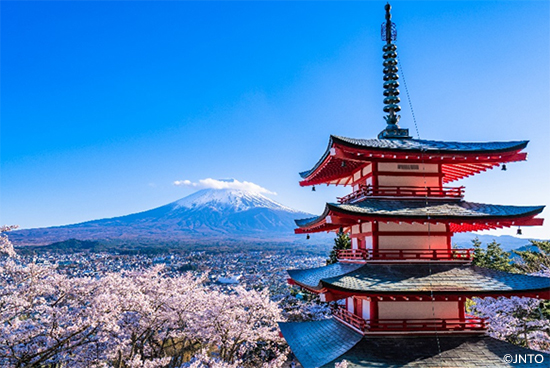I remember standing in Tokyo's Shinjuku Station more than 20 years ago, completely bewildered. Here I was in Japan's busiest commuter station, served by more than a half-dozen train and subway lines and as many as 60 exits, and I couldn't find a sign in English to direct me to where I wanted to go. What a difference 20 years make! I was reminded of how much easier Tokyo is to navigate a few days ago, when I overheard an American tourist asking the concierge of a Tokyo hotel in Ikebukuro (which I was visiting to update my Frommer's Tokyo guide) how much a taxi would cost to Hamamatsucho. The answer: plenty (probably more than $60). "Why don't you take the JR Yamanote Line?" I couldn't help but suggest. "You can get on in Ikebukuro and get off at Hamamatsucho. You don't even have to change trains." He looked at me like I'd just suggested he take a flying leap into Tokyo Bay. What a shame, because getting around Tokyo by public transportation is not only surprisingly easy for a city this size, but it's also a liberating experience. More than a few foreign visitors have told me they felt great pride in cracking Tokyo's transportation system. Simply put, there's no way to explore the city's many widespread sights unless you take the plunge and board its vast rail network. Once you get the hang of it, you'll find it one of the most user-friendly systems in the world. Whereas you used to have to buy an individual ticket every time you boarded a conveyance, which required deciphering huge transportation maps only in Japanese, there's now a simple solution: the Suica, a contactless card that automatically deducts the fare and can be used not only on JR trains, subways, buses, and private railway lines in Greater Tokyo, but can also be used for purchases at vending machines, convenience stores, and fast-food outlets that display the Suica sign. Although there are other options available, including one-day cards and metro-only cards, the Suica is by far my favorite. One of the things that makes travel in Tokyo easy is that all lines are color-coded. The Ginza Line, for example, is orange, which means that all its signs and trains are orange. Each line is also assigned a letter (usually its initial), so that the Ginza has the letter "G" and Hibiya the letter "H." Additionally, each station along every line is also assigned a chronological number, so that if you're at Akihabara (number 15) and you're heading to Ginza (8), you can count how many stops to your destination until you reach your station. Some trains, like the JR Yamanote Line, have digital signboards showing each upcoming stop. But just in case you're dozing (you'd be surprised how many people use the trains to catch up on their sleep), announcements are made in both Japanese and English. And here's something I wish every subway system on the planet would adopt: Signs at each station that show both the previous and the next stop, so you can double-check you're heading in the right correction. Whereas it used to be a matter of skill to know exactly which train compartment to board if making transfers down the line (otherwise, you might have to walk the full length of the platform to make connections), diagrams at each station now show which end of the train is most useful if, for example, you're changing from the Ginza to the Asakusa Line at Nihombashi. There are even signs that show how many minutes it takes to reach every destination on that line, allowing no more excuses for late appointments. Finally, it's also easy deciding which exit is best for your particular destination (which can make a world of difference for stations with many exits), since there are yellow signboards on every platform listing all the major buildings, hotels, attractions, and addresses for each exit. But in case you do need human help, there are information counters at stations throughout the city with friendly staff who can point you in the right direction. Once you reach the exit, there are often maps of the surrounding area. Of course, after that, you're entirely on your own. There was no time to explain all this to the man in that hotel. And when I saw the telltale badge on his chest, I realized that signing up for a group tour of Japan was as adventuresome as he was going to get. I still get lost in Tokyo (heck, even the Japanese get lost). But it's all part of the price for exploring the world on your own.
From Here to There: Navigating Tokyo's Transportation System
June 22, 2013



















































